Home>Furniture & Design>Outdoor Furniture>What Should You Do To Prevent A Pest Infestation Of An Outdoor Dumpster?
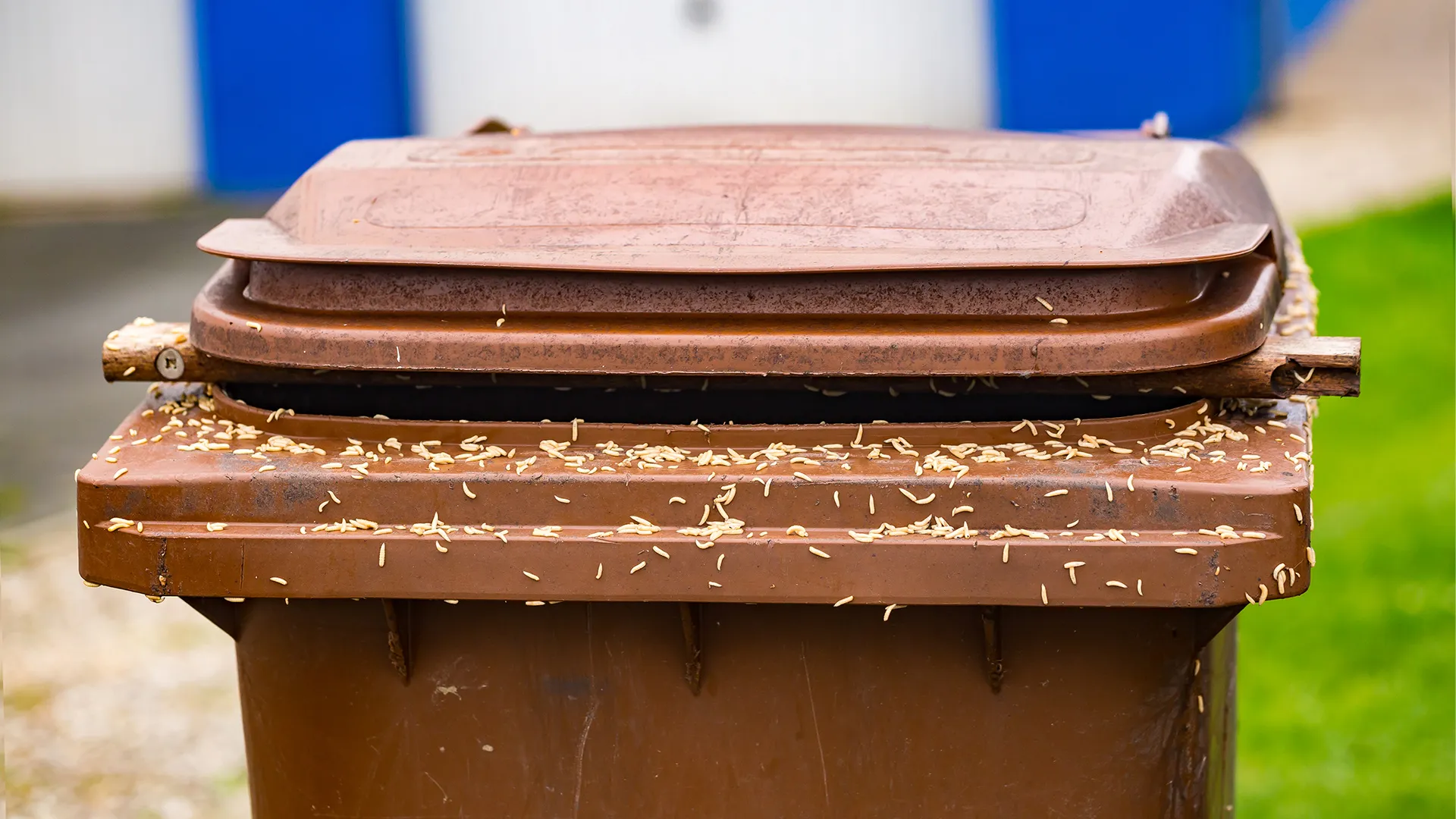

Outdoor Furniture
What Should You Do To Prevent A Pest Infestation Of An Outdoor Dumpster?
Published: January 15, 2024
Learn effective strategies to prevent pest infestations in outdoor dumpsters. Get expert tips to protect your outdoor furniture and prevent pest damage. Keep your outdoor space pest-free with our helpful advice.
(Many of the links in this article redirect to a specific reviewed product. Your purchase of these products through affiliate links helps to generate commission for Storables.com, at no extra cost. Learn more)
Introduction
When it comes to outdoor dumpsters, they are essential for waste management in various establishments, including restaurants, hotels, apartment complexes, and commercial buildings. However, they can also attract unwanted pests such as rodents, flies, and cockroaches, posing a significant challenge for property owners and managers. A pest infestation not only compromises hygiene and cleanliness but also presents potential health risks and regulatory issues.
Preventing a pest infestation of an outdoor dumpster requires a proactive approach that encompasses proper waste management, regular cleaning and maintenance, sealing cracks and holes, using pest-repellent products, and educating and training staff. By implementing these strategies, property owners and managers can effectively mitigate the risk of a pest infestation and maintain a clean and pest-free environment.
In the following sections, we will delve into each of these strategies in detail, providing valuable insights and practical tips for preventing and addressing pest infestations in outdoor dumpsters. Let's explore the proactive measures that can safeguard your property against the challenges posed by pests and ensure a clean and sanitary waste management system.
Key Takeaways:
- Keep outdoor dumpsters pest-free by managing waste properly, cleaning regularly, and sealing cracks to prevent infestations and maintain a clean environment.
- Educate and train staff to be vigilant in pest prevention, use repellent products, and maintain a clean dumpster area for a hygienic and safe environment.
Proper Waste Management
Proper waste management is the cornerstone of preventing a pest infestation in outdoor dumpsters. Establishing a structured waste disposal system and adhering to best practices can significantly reduce the likelihood of attracting pests. Here are essential steps for effective waste management:
- Segregation of Waste: Implement a waste segregation system to separate recyclables, organic waste, and general waste. This not only promotes environmental sustainability but also minimizes the accumulation of organic matter in the dumpster, which is a primary attractant for pests.
- Secure Waste Containers: Ensure that waste containers are securely sealed to prevent access by pests. Tight-fitting lids and latches can deter pests from gaining entry and scavenging for food.
- Timely Waste Removal: Establish a regular schedule for waste collection and disposal. Accumulated waste, especially food scraps, can rapidly attract pests if left unattended for extended periods.
- Monitoring and Compliance: Regularly inspect waste disposal areas to ensure compliance with waste management protocols. Address any deviations promptly to maintain a clean and pest-resistant environment.
By prioritizing proper waste management practices, property owners and managers can create an environment that is less conducive to pest activity, ultimately reducing the risk of infestations in outdoor dumpsters.
Regular Cleaning and Maintenance
Regular cleaning and maintenance are crucial for preventing pest infestations in outdoor dumpsters. A proactive approach to cleanliness can significantly deter pests and minimize the risk of an infestation. Here are key steps for effective cleaning and maintenance:
- Frequent Cleaning: Schedule regular cleaning sessions to remove any spilled waste, food residues, and debris in and around the dumpster area. This practice reduces the availability of food sources that attract pests.
- Pressure Washing: Utilize pressure washing equipment to thoroughly clean the dumpster and its surroundings. High-pressure water can dislodge stubborn residues and sanitize the area, making it less appealing to pests.
- Drainage Maintenance: Ensure that drainage systems around the dumpster are clear and functional. Standing water can attract pests, so maintaining proper drainage helps eliminate potential breeding grounds for insects.
- Inspect for Damage: Regularly inspect the dumpster for any signs of damage, such as cracks, holes, or rust. Promptly repair or replace damaged components to prevent pests from gaining access to the interior of the dumpster.
By prioritizing regular cleaning and maintenance, property owners and managers can create an environment that is less hospitable to pests. A clean and well-maintained dumpster area not only deters pests but also promotes a positive image for the property and enhances overall hygiene and sanitation.
Seal Cracks and Holes
Sealing cracks and holes in and around the outdoor dumpster is a critical step in preventing pest infestations. Pests are adept at exploiting even the smallest openings to gain access to potential food sources and shelter. By addressing vulnerabilities in the dumpster’s structure, property owners and managers can effectively fortify their defenses against pests. Here are key strategies for sealing cracks and holes:
- Inspect for Vulnerabilities: Conduct a thorough inspection of the dumpster and its immediate surroundings to identify any cracks, gaps, or holes that could serve as entry points for pests. Pay close attention to seams, joints, and areas where different materials meet.
- Use Sealants and Caulking: Apply durable sealants and caulking materials to seal identified cracks and gaps. Choose products specifically designed for outdoor use and capable of withstanding harsh environmental conditions.
- Repair Structural Damage: Address any structural damage to the dumpster promptly. This includes repairing dented or corroded metal surfaces, replacing damaged panels, and reinforcing weak points in the structure.
- Install Pest-Proofing Features: Consider installing pest-proofing features such as metal mesh screens or rodent-proof barriers to further fortify vulnerable areas and prevent pest intrusion.
By proactively sealing cracks and holes, property owners and managers can significantly reduce the likelihood of a pest infestation. This preventive measure not only safeguards the dumpster area but also contributes to the overall integrity and durability of the waste management infrastructure.
Regularly clean and sanitize the outdoor dumpster to remove food residue and odors that attract pests. Keep the area around the dumpster free of debris and ensure the lid is always closed tightly.
Use Pest-Repellent Products
Employing pest-repellent products can serve as an effective line of defense against unwanted intruders in outdoor dumpster areas. By integrating pest-repellent measures into the waste management infrastructure, property owners and managers can deter pests and minimize the risk of infestations. Here are key strategies for utilizing pest-repellent products:
- Commercial Repellents: Explore the use of commercial pest repellents specifically formulated for outdoor environments. These products may include granular repellents, liquid sprays, or non-toxic deterrents designed to discourage pest activity.
- Odor Control: Implement odor control measures to mask or eliminate food odors emanating from the dumpster. Foul odors can attract pests, so utilizing deodorizing products or odor-neutralizing agents can help reduce the attractiveness of the area to pests.
- Ultrasonic Devices: Consider deploying ultrasonic pest repellent devices near the dumpster area. These devices emit high-frequency sound waves that are disruptive to pests, serving as a non-invasive method of pest deterrence.
- Natural Repellents: Explore the use of natural pest-repellent substances such as essential oils or herbal deterrents. While being environmentally friendly, these natural repellents can help discourage pest activity around the dumpster.
By incorporating pest-repellent products into the waste management strategy, property owners and managers can create an environment that is less appealing to pests. These proactive measures serve as a valuable complement to other pest prevention strategies, contributing to a comprehensive approach to pest management.
Educate and Train Staff
Empowering staff members with the knowledge and skills to contribute to pest prevention efforts is instrumental in maintaining a pest-free outdoor dumpster area. By providing comprehensive education and training, property owners and managers can cultivate a vigilant and proactive workforce that actively supports pest management initiatives. Here are key considerations for educating and training staff:
- Pest Awareness Training: Conduct training sessions to raise awareness about common pests, their behavior patterns, and the conditions that can attract them to the dumpster area. Educate staff about the potential risks associated with pest infestations and the importance of their role in preventing such occurrences.
- Waste Disposal Protocols: Clearly communicate and reinforce waste disposal protocols to ensure that all staff members understand the proper procedures for waste handling, segregation, and containment. Emphasize the significance of securely sealing waste containers and promptly reporting any issues related to waste management.
- Reporting Procedures: Establish clear reporting procedures for staff members to communicate any pest sightings, signs of infestation, or maintenance concerns related to the dumpster area. Encourage a culture of accountability and prompt reporting to facilitate timely intervention.
- Collaborative Monitoring: Foster a sense of shared responsibility for monitoring and maintaining a pest-resistant environment. Encourage staff members to actively observe the dumpster area during their routines and report any irregularities or potential pest attractants.
By investing in the education and training of staff, property owners and managers can harness the collective efforts of their workforce to uphold a high standard of pest prevention. A well-informed and proactive staff plays a pivotal role in safeguarding the property against pest infestations and contributing to a clean and hygienic environment.
Conclusion
Preventing a pest infestation of an outdoor dumpster is a multifaceted endeavor that demands proactive strategies and ongoing vigilance. By implementing a comprehensive approach that encompasses proper waste management, regular cleaning and maintenance, sealing cracks and holes, using pest-repellent products, and educating and training staff, property owners and managers can effectively mitigate the risk of pest infestations and uphold a clean and pest-resistant environment.
Proper waste management, including waste segregation, secure containment, and timely removal, forms the foundation of a pest-resistant waste management system. By minimizing the availability of food sources and potential attractants, property owners can reduce the likelihood of pest activity in the dumpster area.
Regular cleaning and maintenance are paramount in creating an environment that is inhospitable to pests. By diligently removing waste residues, sanitizing the area, and addressing drainage and structural issues, property owners can significantly deter pests and maintain a clean and presentable dumpster area.
Sealing cracks and holes in the dumpster structure fortifies the defenses against pest intrusion. By identifying and addressing vulnerabilities, property owners can prevent pests from gaining access and establish a more secure waste management infrastructure.
Utilizing pest-repellent products serves as an additional layer of defense against pest infestations. Whether through commercial repellents, odor control measures, ultrasonic devices, or natural deterrents, property owners can further discourage pest activity and minimize the attractiveness of the dumpster area to pests.
Educating and training staff members to actively participate in pest prevention efforts is integral to maintaining a pest-free environment. By fostering a culture of awareness, accountability, and collaborative monitoring, property owners and managers can leverage the collective efforts of their workforce to uphold a high standard of pest management.
By integrating these proactive measures into their waste management practices, property owners and managers can effectively prevent pest infestations and preserve a clean, sanitary, and pest-resistant outdoor dumpster area. This not only contributes to the overall cleanliness and hygiene of the property but also enhances the safety and well-being of occupants and visitors.
With a steadfast commitment to pest prevention and a proactive approach to waste management, property owners and managers can safeguard their establishments against the challenges posed by pests, ensuring a clean and pest-free environment for the benefit of all.
Frequently Asked Questions about What Should You Do To Prevent A Pest Infestation Of An Outdoor Dumpster?
Was this page helpful?
At Storables.com, we guarantee accurate and reliable information. Our content, validated by Expert Board Contributors, is crafted following stringent Editorial Policies. We're committed to providing you with well-researched, expert-backed insights for all your informational needs.
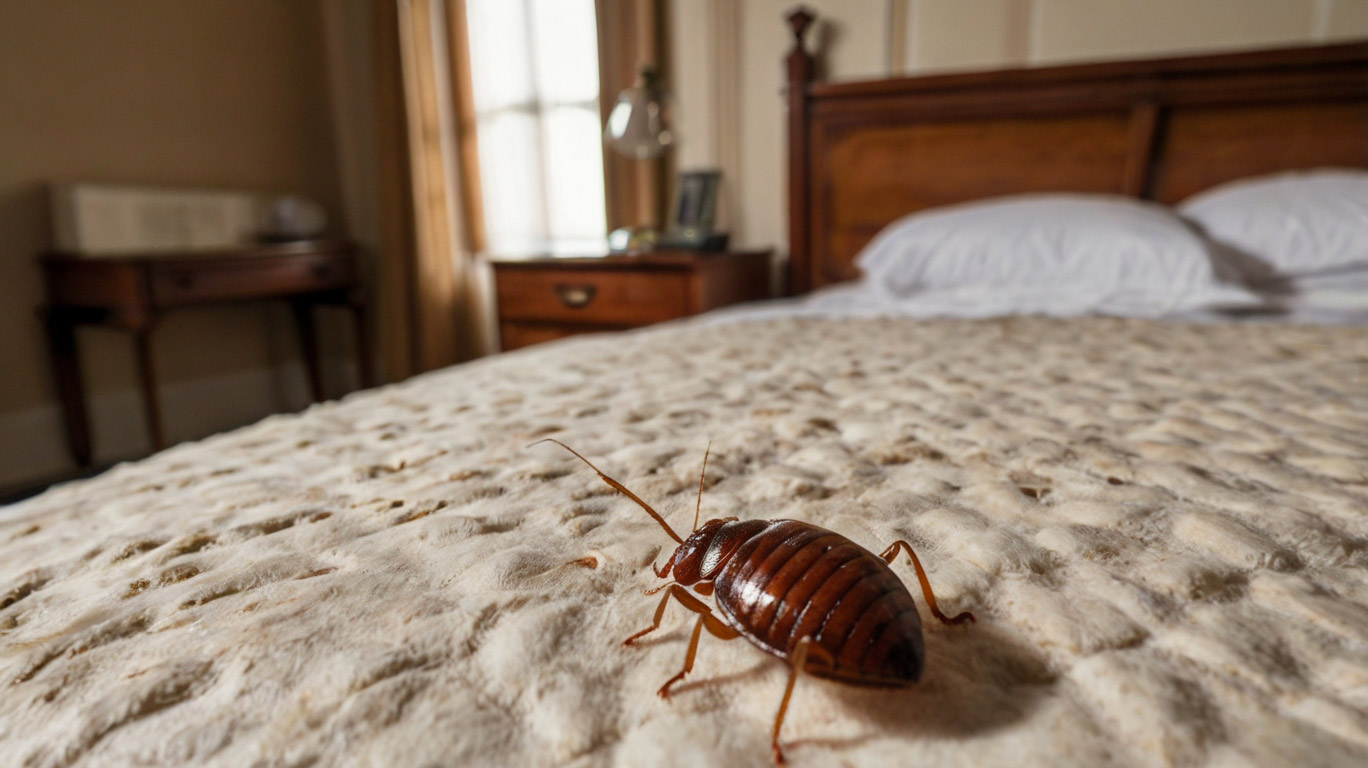

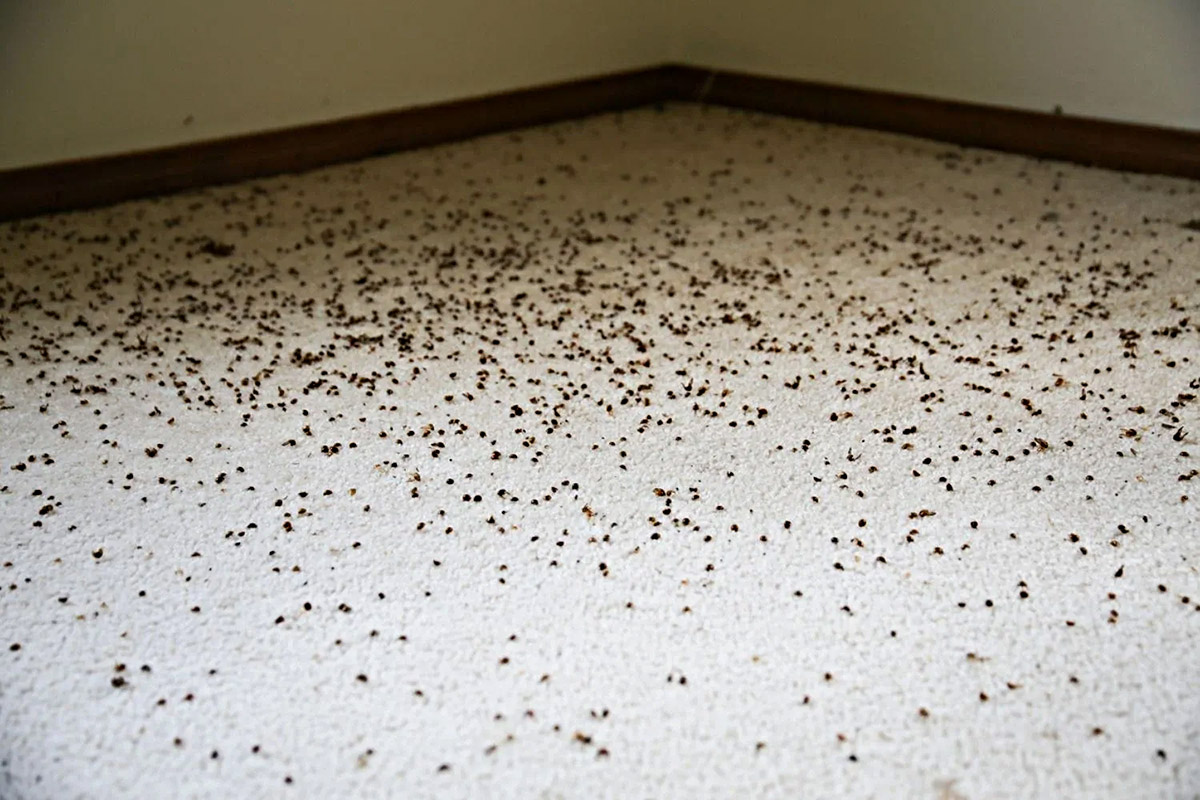



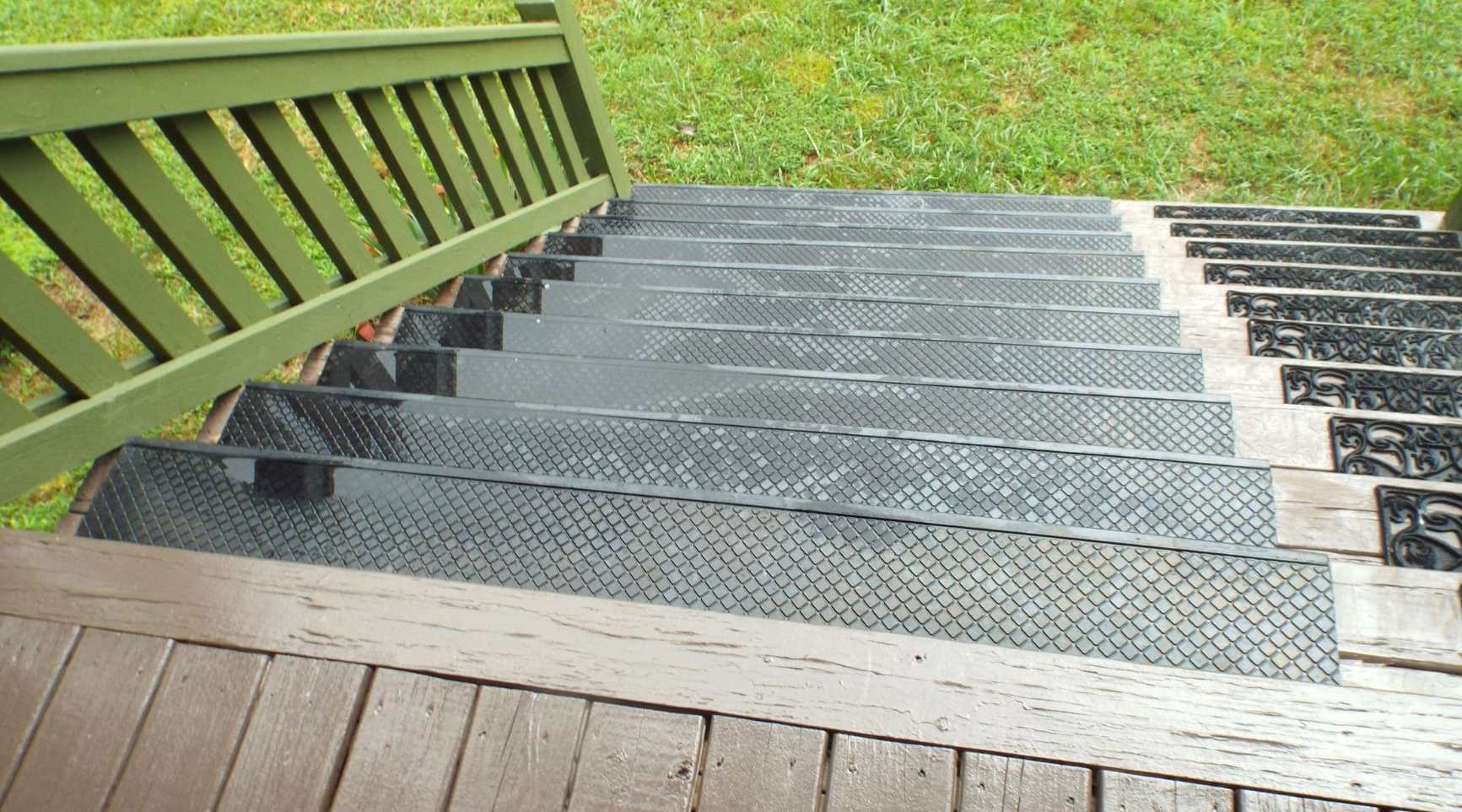



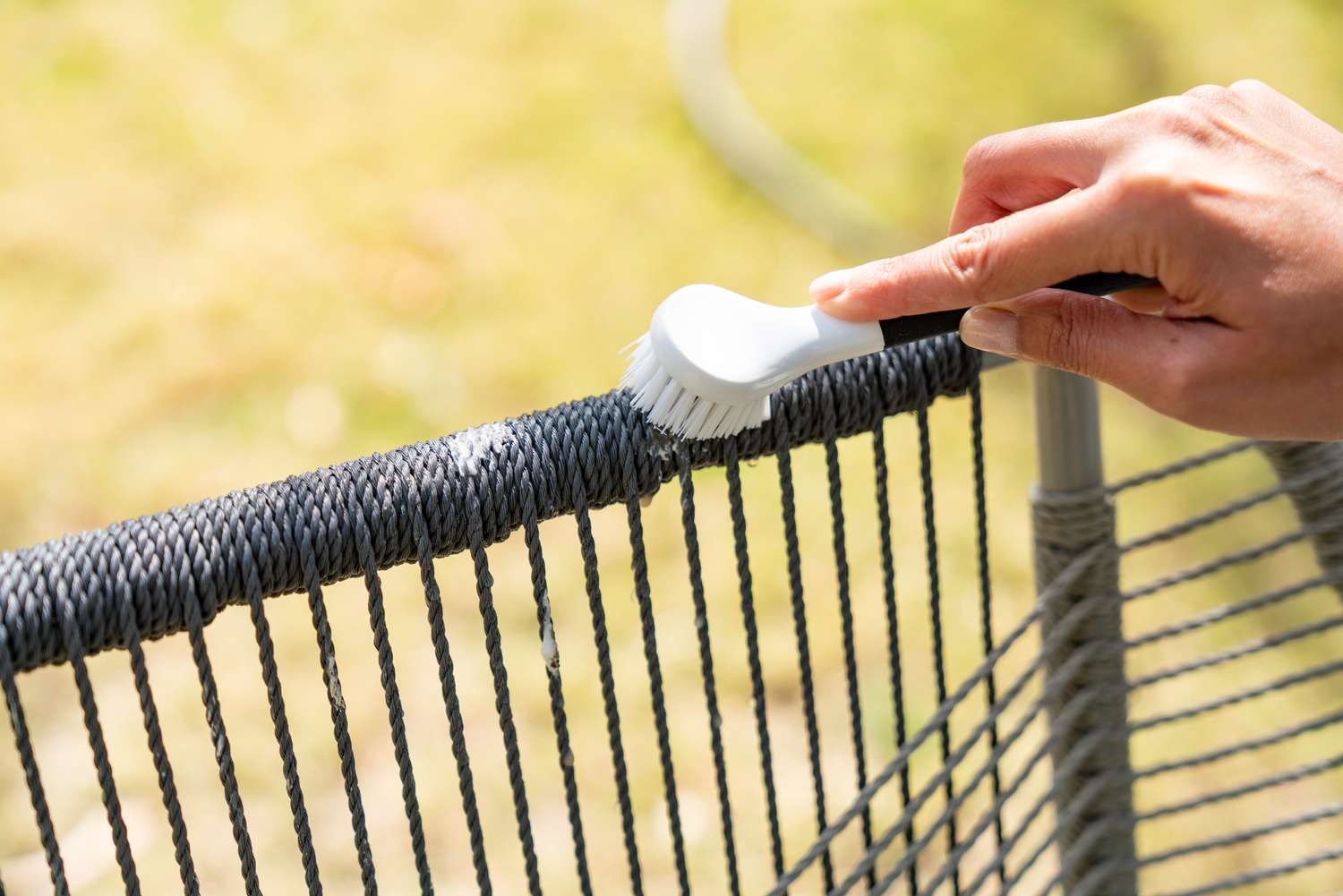

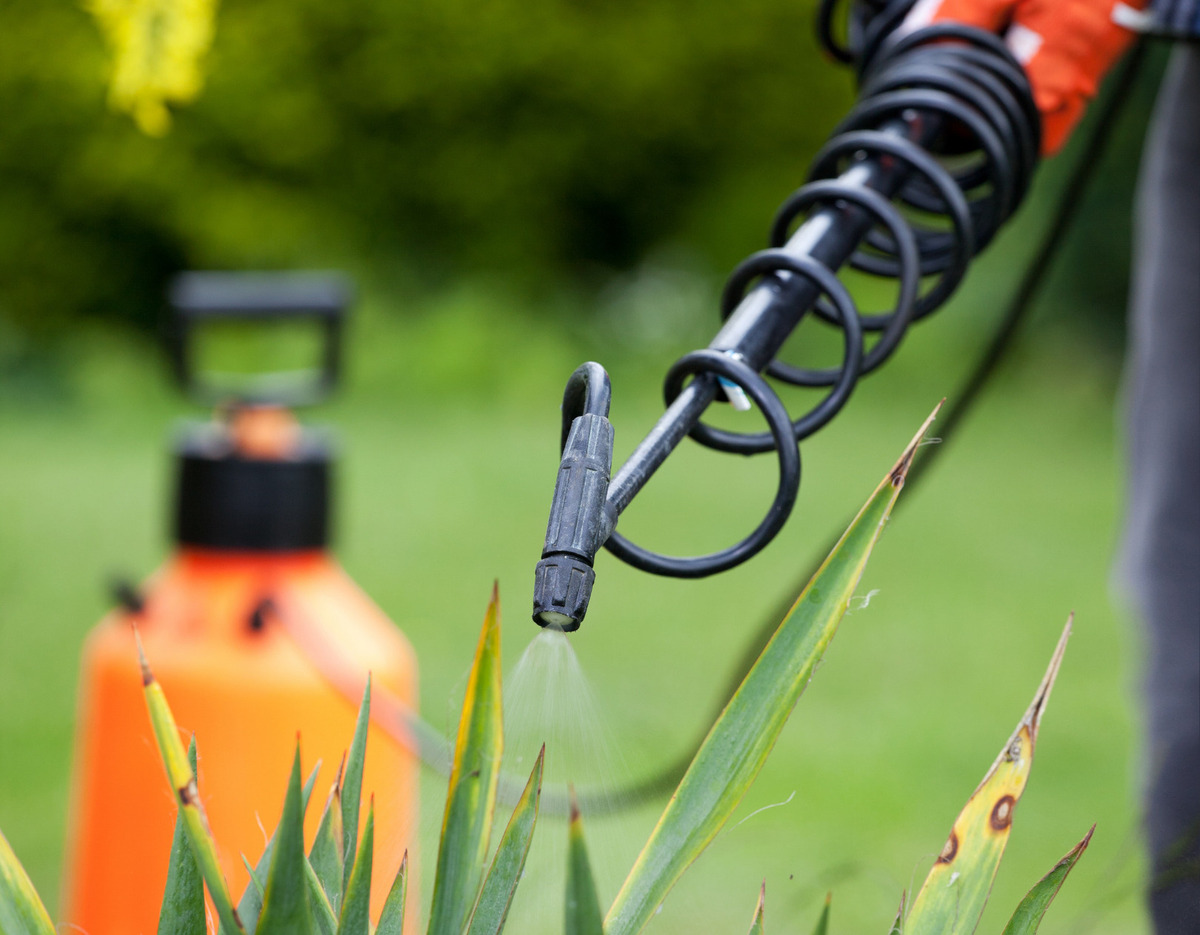


0 thoughts on “What Should You Do To Prevent A Pest Infestation Of An Outdoor Dumpster?”